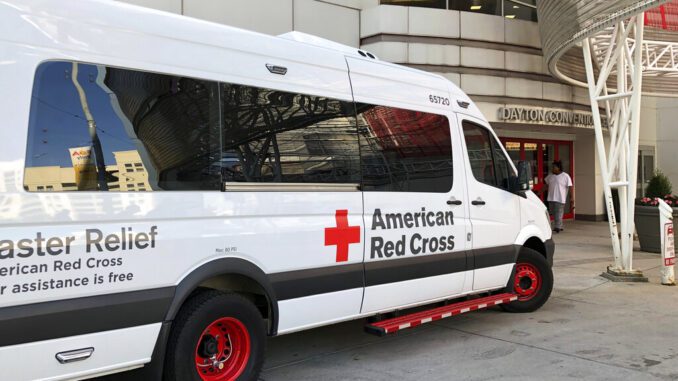
The COVID-19 pandemic has put a strain on our health care system. We see it happening all over the country. One issue that is bubbling up is the blood supply shortage and efforts that are underway to exacerbate the problem.
I worked in the health care field as a pharmacist and I am concerned by actions being taken at the American Red Cross, one of the nation’s largest blood suppliers.
Taking a step back – several years ago, the Food and Drug Administration (FDA) recognized the need to test blood platelets for bacteria before they are given to patients. These platelets are used for instances of trauma and as part of cancer treatments. The FDA approved three different methods for testing. Each method, according to the FDA, was equally effective, but their prices were dramatically different. Pathogen Reduction (PR) testing, which the Red Cross has chosen to use exclusively, costs five times more than the least expensive, but equally effective, rapid testing method.
The decision by the Red Cross to limit the choice of testing method to the most expensive option has angered many in the health care community. Under the PR method, the Red Cross performs the test itself, then passes the cost onto the hospital or organization providing blood platelets to patients. By contrast, the rapid testing method, for example, is done by the hospital at a much more reasonable price. One can only assume that method the Red Cross has chosen to use allows them to financially profit.
To make matters worse, this decision by the Red Cross to use one testing method runs counter to their argument that the nation’s blood supply is dangerously low. Forty percent of the nation’s blood is supplied by the Red Cross, and over the last several months, they’ve sounded the alarm on a “national blood crisis.” In examining these testing methods that are available, we noticed that blood platelets that are PR-tested have a five-day shelf life, whereas blood platelets that undergo rapid testing have a seven-day shelf life.
This issue seems complicated, but when you take a step back, it’s quite simple. The nation’s blood supply is low, says one of the largest blood suppliers. However, that same supplier is deliberately choosing to limit options available, and more importantly, exclude testing options that are more cost effective and have the ability to extend the shelf life of blood platelets. We have to do better. Since the pandemic began, hospitals have faced enormous losses, and this issue is only making it worse. While many hospitals have not begun to feel the pain of this additional cost, they will soon as things are getting back to normal and hospital operations resume to pre-pandemic levels.
Congress has taken note of this issue, and we are calling on the Red Cross to level the playing field. Give hospitals the option to choose which testing method they prefer. Do not demand they make use of an overly expensive method that turns a profit for the organization. Patient safety and needs should always come first, and if given the choice, it will be beneficial for both patients and the health care industry.
State Rep. Wayne Sasser (NC-67) represents Stanly and Montgomery counties in the North Carolina General Assembly



